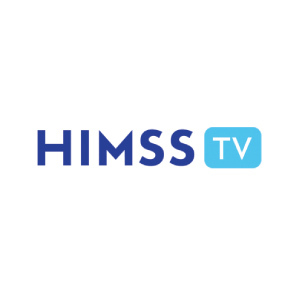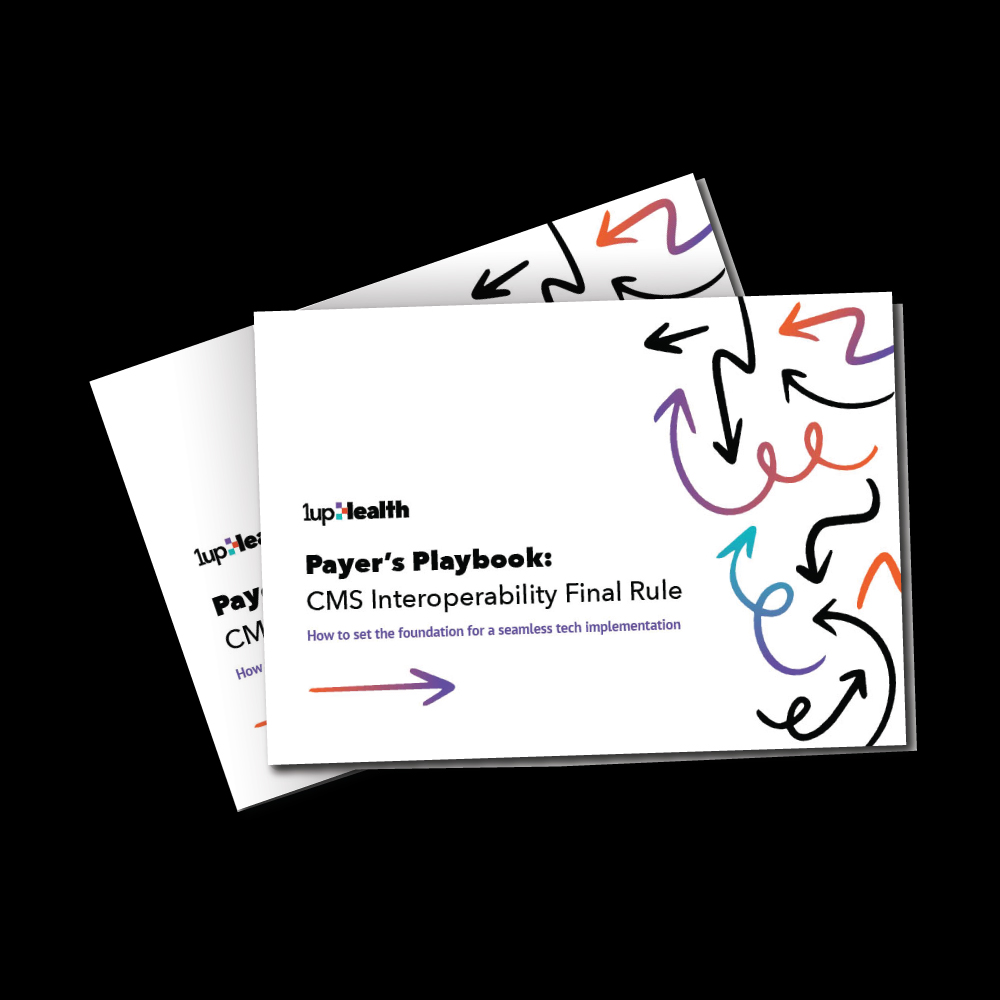Healthcare's Modern Data Platform
Make interoperability your strategic advantage
Watch Video
Featured How-to Guide
Payer’s Playbook: CMS Interoperability Final Rule
How to set the foundation for a seamless tech implementation
1upHealth Makes It Easy to Acquire Manage Share Analyze Data
And maximize value from your interoperability investment
Power Critical Workflows
Streamline clinical data acquisition to power workflows like prior authorization, quality reporting, risk adjustment, care management, utilization management, and more.
Make Smart, Timely Decisions
Ensure data is easily accessible and discoverable for all downstream applications and analytics functions, so you can ask the right questions and make informed decisions.
Meet Regulatory Demands
Ensure compliance with health data exchange regulations, including Prior Authorization, Payer-to-Payer, and Provider Access rules, leveraging our FHIR® APIs.
Explore our 1up FHIR Platform & Products
Cloud-based. API-powered. FHIR®-native.
Acquire, manage, share & analyze health data with an industry-leading, end-to-end managed platform.
Learn More
Empower members to access & share their health data with payers and digital health applications.
Learn More
Drive better health outcomes & make better business decisions with patient population data imported from top EHRs.
Evaluate – and make better decisions – at the population level with efficient data exchange.
Unlock new insights & better outcomes by accessing healthcare data stored in FHIR® and integrating it into existing analytics systems.
Learn More
Our FHIR data and interoperability strategy, powered by 1up, is key to delivering on our member-first promise.
Ron Wampler,
Executive Director of Interoperability at Aetna CVS Health
Supporting 80+ Leading, Innovating Health Organizations
The CMS Interoperability and Prior Authorization final rule is here.
As the largest provider of CMS APIs in the country, we are committed to supporting our customers as they prepare to meet requirements in the CMS Interoperability and Prior Authorization final rule.
Featured Content

Press Release
1upHealth Commits to Supporting Health Plan Compliance with Latest CMS Interoperability Rule

eBook
Operating on FHIR: A guide to maximizing return on your interoperability investment

In the News
Don Rucker on Healthcare Data Management: How market forces, regulations have worked against interoperability

Press Release
1upHealth Ranked Number 35 Fastest-Growing Company in North America on the 2023 Deloitte Technology Fast 500™






